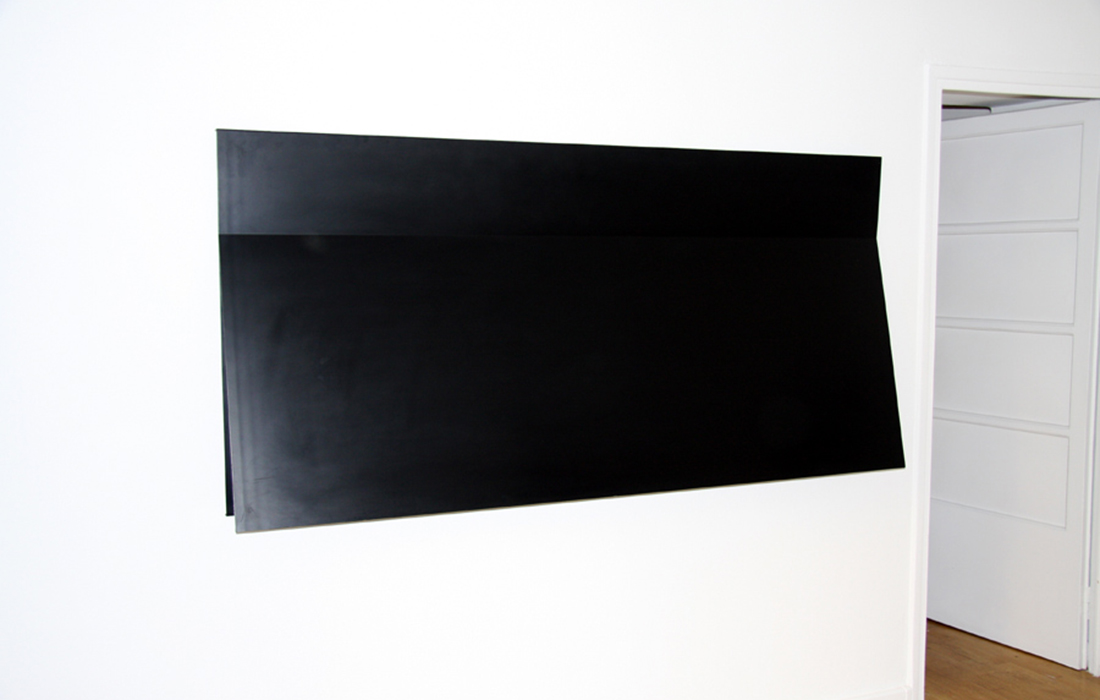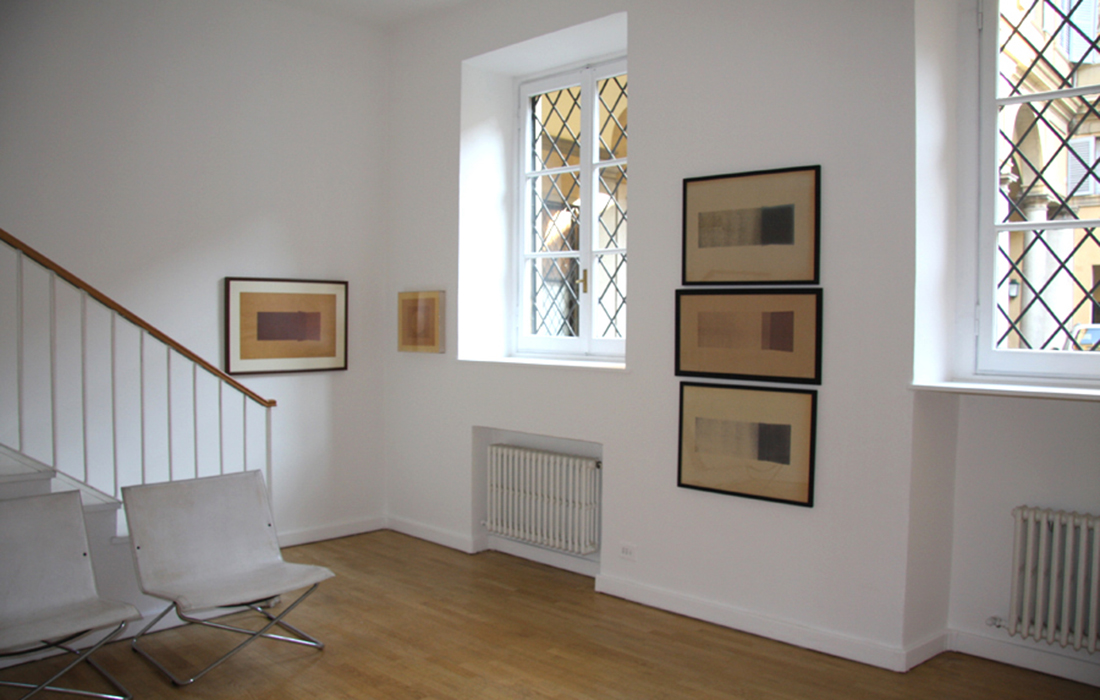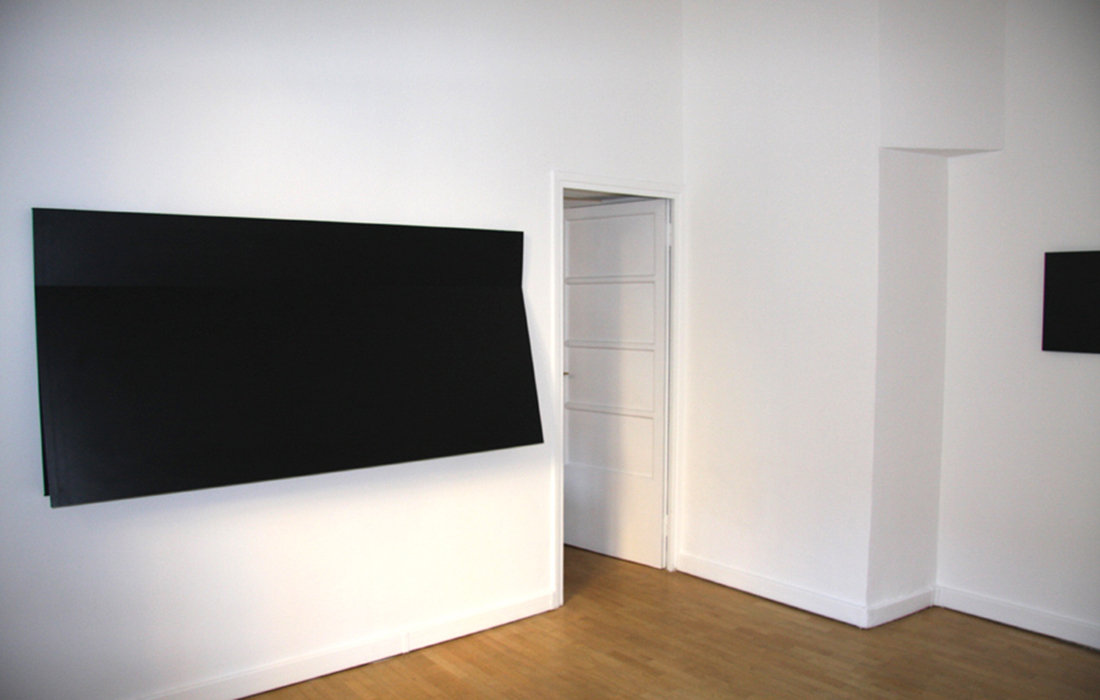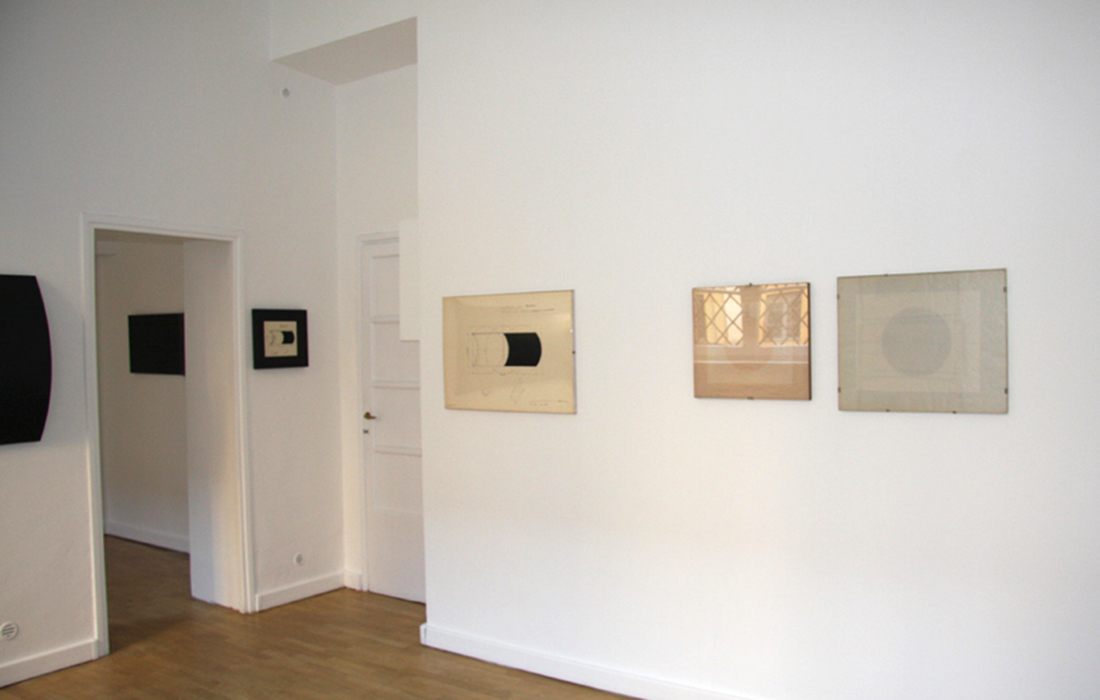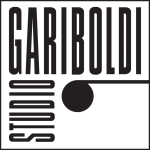November – December 2008
The foundation of the Roman artist Francesco Lo Savio’s research is based on the light and on the pure spatial concept. Between 1960 and 1962 he was able to anticipate certain American intuitions and opened the way to the new avant-garde movements. The new ideas began to take hold, like the strength of reason which is able to give life to a “positive” constructing and to “moral” works. At the center of his aesthetic research, which reaches a great visual intensity, there is the vision of man as a unique example of structural perfection and of maximum static freedom with variable balance. The importance of the artists confirmed by the upcoming retrospective exhibition dedicated to him at the Museo Nacional Centro de Arte di Reina Sofia in Madrid.
Studio Gariboldi is pleased to present a selection of works, unique in both quality and size. Metals, filters and other projects, where light and space interpenetrate revolutionizing the vision of the volume-environment concept. In fact the metals interact with the surrounding environment and consequently the spectator’s perception expands thanks to the variation of the light and prospective; the filters determine a relative chromatic dynamics and other projects highlight the methodical proceeding of the artist utilized in order to reaching the innovative evolution.
“In 1954 I began to study the Contemporary, European and American architecture. I sensed specific interests in the experiences of Gropius, related to Bauhaus, particularly for its relationship with the “de stjil” movement and Mondrian’s work. The interest in this experience was ideological and social more than anything else. Conversely, my research regarding the problems of formal expression was turned to the work of Klee, Malevich, Gaudì, Le Corbusier, and Maillart; so when I began to work (with exception of a few academic information experiences) I was free from every formal preconception and coherent exclusively to an ideological and social concept, which derived from my participation to the evolution problems, both conceptual and formal, of architecture and industrial design.
The idea of engaging a three-dimensional space in order to realize a two way experience, that internally regards the problem of formal expression and externally the problem of social relationship, determines the development of my work in terms of visual discontinuity, both in the choice of means as well as in the outcome of the shape. The works on canvas, primarily aimed at the development of a pure spatial concept, where the light is the only element to define the structure of the surface and to attempt a contact with the environmental space – realized thanks to a situation of different chromatic intensities – the three-dimensional element takes shape through a stereoscopic image that clarifies the conceptual-theoretic situation of the three-dimensional relationship. The filters, an additional action of various semi-transparent surfaces, begin to have a real contact with environmental space.
But only in the metals the action results from a possible specific response of the three-dimensional fact. It realizes a clear social participation with the objects that remain in a limbo of utility which quality of their civil dignity is unequivocal. Furthermore, the idea of having more freedom in the formal structuring of these objects led me to the need of defining an action space integrated to the object itself. The latter benefits from a more limpid environmental situation in its formal interpretation, limiting at the same time the interference of the external environment that diminished the total yield of the object.
Through these experiences, I believe that, in the metals and in the total articulations, were realized my demands for direct participation in the evolution problems of industrial design and architecture. Deciphering a possible social expression of the work, which remains a product of art, I tried to materialize that necessary contact, above all currently, between artist and society.”
from Spazio-Luce by Francesco Lo Savio, Editor De Luca. Rome 1962


